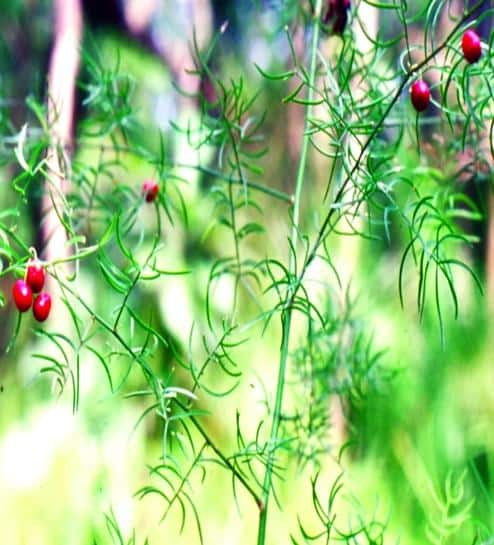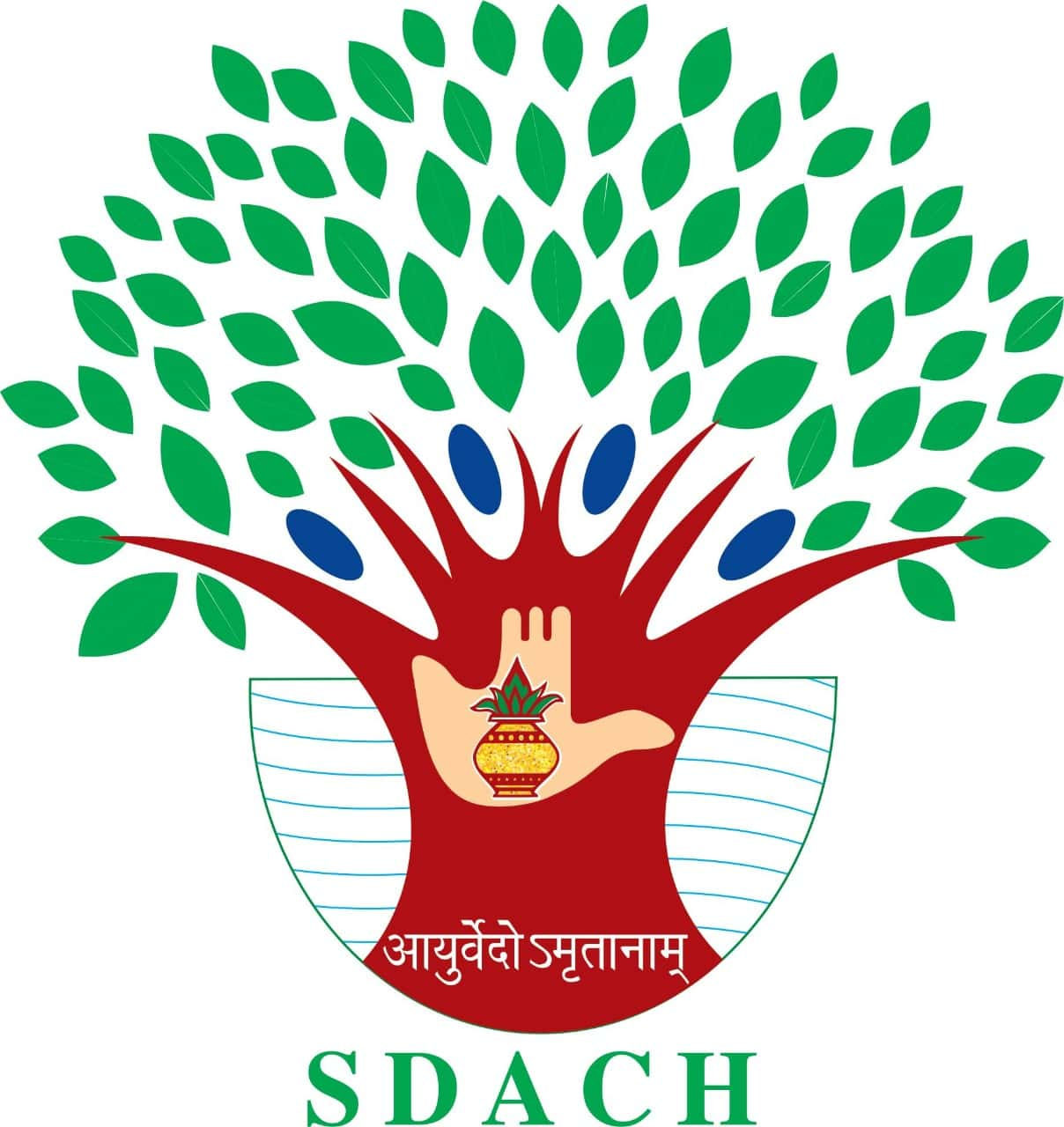Shatavari

Botanical Name: Asparagus racemosus
Family: Asparagaceae
Identification No.: SDACH/HG/009
Introduction:
Satãvari is extensively used for its tonic, immunomodulatory, ghrata etc.
Scientific classification: Asparagus belong to the family Liliaceae. The parent of most varieties cultivated for food is classified as Asparagus officinalis. The asparagus fern, or florist’s fern, is classified as Asparagus setaceus, the two other species with delicate, lacy foliage are classified as Asparagus densiflorus cultivar sprengeri and Asparagus asparagoides.
Names in different Indian languages:
English : Indian asparagus
Hindi : Satavar,satamuli
Kannada : Callagadda
Malayalam : Satavari,satavali
Sanskrit : Satavari,abhiru
Tamil : Kilavari,satavali,Thanneervittan kizhangu
Telugu : Satavari,callagadda
Unani : Sataavar
Synonyms:
शतावरी शतपदी शतमूली शतायुषी ।
भीरुशतवीर्या च इन्दीवरी वरी च सा ॥
भावप्रकाश निघण्टु
Shatmuuli, Atirasaa, Bahusutaa, Shatpadi, Shatviryaa, Bhiru, Indivari
Morphology:
A tall climbing undershrub with annual woody terete stems. Spines 5-10 mm long, recurved. Cladodes 1.2-2.5 cm long, in tufts of 2-6, curved,
Flowers— white, fragrant, in solitary or fascicled, simple or branched racemes 2.5-5 cm long.
Fruit— berry, 5-6 mm diameter, red
Properties:
Rasa: Madhura, Tikta
Virya: Sita
Guna: Guru, Snigdha
Vipaka: Madhura
Karma: Rasãyana, Vrsya, Stanyajanana, hridya,balya,
Diuretic, constipating, carminarive, nervine and uterine tonic
Indications:
Stanya ksaya, Artava ksaya, Rakta pitta, Arsas, Atisãra, Grahani, Ksaya, Gulma.
gout, puerperal diseases, lactic disorders, haematuria, bleeding disorders, leucorrhoea, epilepsy, abortion, piles
Part Used:
Tuberous roots
Dosage:
Fresh juice 10-20 ml; decoction 50-100 ml
powder 3-5 g
Important Yogas or Formulations:
satävari guda, satãvari lehya, Narayana tailam, satãvari ghrtam, Narayana taila.
Important research work going on:
1. action on the mammary gland.
2. anti-cancer activity
3. hypoglycemic effect
Amayika Prayoga (Therapeutic Uses)
(1) Atisãra— satãvari paste is taken with milk and the diet should consist of milk alone after wards
(2) Kãsa— Ghee, prepared with satãvari and Nagabala is useful (S.S.Ut. 52).
(3) Stanya Ksaya— satãvari root is grinded with milk and taken (Y.R.)
IUCN Status
Not Evaluated (cultivated widely; wild populations declining).
Research Updates (Past 5 Years)
1.2020: Immunomodulatory effects of Shatavarin IV (Journal of Ethnopharmacology).
2. 2021: Clinical trial on menopausal symptoms (Ayurveda Journal).
3. 2022: Hepatoprotective role in rats (Indian Journal of Pharmacology).







